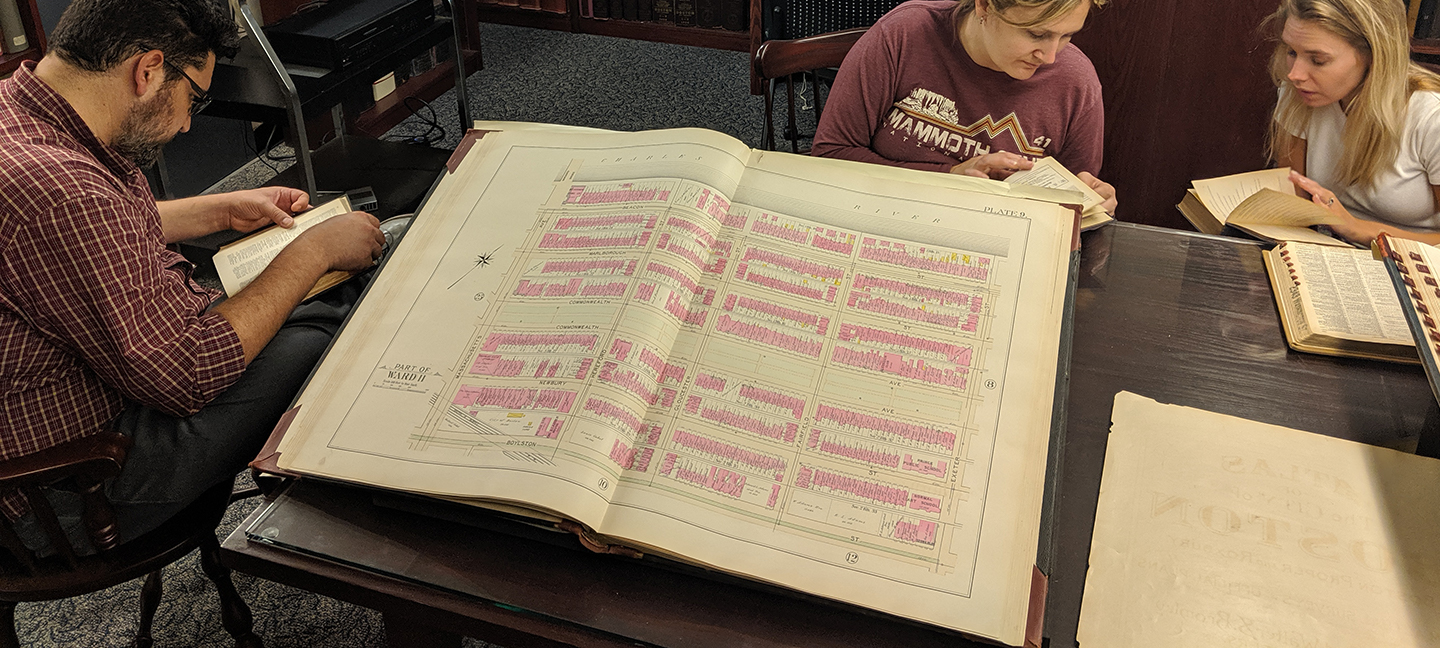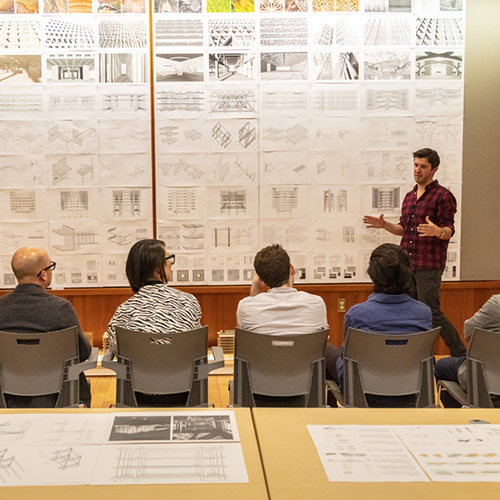
Historic Preservation Certificate
Historic Preservation Certificate
Historic preservationists draw on a variety of skills from allied disciplines; such as, architecture, urban planning, history and management, that is focused on the conservation of built and natural heritage for the betterment of our communities, both urban and rural. The Historic Preservation Certificate is designed to introduce students to the fundamental principles of preservation practice through a series of online seminar courses taught by practicing professionals in the field. Topics range from law and adaptive reuse practices to architectural history and placemaking, creating options for students with various backgrounds to gain necessary expertise that suits their professional backgrounds.
Eligibility
The Historic Preservation Certificate is fully online and open to students studying from anywhere in the world. An undergraduate degree is recommended, but not required. Courses in this program are taught at the graduate-level.
Requirements and Courses
The Historic Preservation Certificate program requires the completion of 9 credits – one 3 credit required course and 6 credits of elective courses. We recommend you begin with the required course and then take the elective courses in whatever order you wish.
Historic Preservation Certificate students take the same courses as students in the Online Master of Design Studies in Historic Preservation program.
Courses are offered in the fall and spring semesters. See what Continuing Education Courses are coming up soon.
Required Course | 3 Credits:
HSP3001 Historic Preservation Philosophy and Practice**
**Recommended first course.
Elective Courses | 6 Credits:
HSP2006 Architectural Materials Conservation, 3 credits
HSP2009 International Heritage Conservation, 3 credits
HSP2010 Cultural Heritage Tourism and Placemaking, 1.5 credits
HSP2011 American Architecture: Colonial Period to Post Modernism, 3 credits
HSP2017 Adaptive Reuse and Development Process, 1.5 credits
HSP3015 Law and the Built Environment, 3 credits
HSP3016: The Urban Cultural Landscape Assembled, 3 credits
HSP3019 Narratives of Place, 3 credits
SUS2014 Sustainable Design and Preservation, 1.5 credits
How to Enroll in a Certificate Program
To enroll in a BAC Certificate Program, submit the following application materials to Continuing Education and then register for courses during an open registration period:
- Certificate Application Form
- $50 non-refundable application fee
Please Note: An undergraduate degree is recommended for the Sustainable Design Certificate, the Real Estate Development Certificate, and the Historic Preservation Certificate. Courses in these certificate programs are taught at the graduate level.
Certificate students must begin academic coursework in the program within two academic semesters of submitting the application materials.
This program has helped me immensely in my understanding of the history of architecture and all the ways and means of the preservation process. The series of courses gave me the intellectual background and history I needed to succeed. This program helped me develop my 'voice' in discussing and writing about preservation. A great education experience!
Paul Bergmann, Historic Preservation Certificate Graduate

